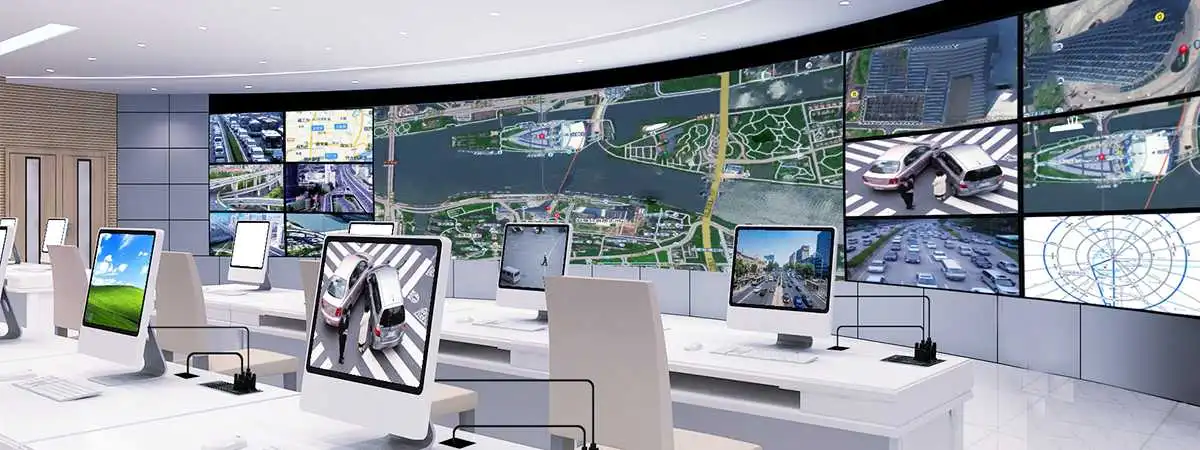Classification and Composition of Video Matrix Switcher
1. What is the video matrix switcher
Video matrix switcher is the general name of the video matrix, that is to say, all the signal switchers, video processing terminals, and video processors can be called matrix switcher, which is mainly used for the switch of display screen and control of the middle processing equipment. The video matrix switcher is to transmit one or more channels of video and audio signals respectively to one or more display devices, such as two computer hosts to share a monitor. The video matrix switcher can output any content from two mainframe computers to the same or more monitors. Video matrix switcher is a kind of device for switching multiplexed signal output. In the industry of radio and television and surveillance, the application of matrix switcher is increasingly popular.
2. The type of video matrix switchers
There are many types of video matrix switchers, which can be classified by signal interface, function, application, channel size, structure, brand, etc., as follows:
(1) Video matrix switchers are divided according to the signal interface: HDMI, VGA, BNC, SDI, DVI and mixed interface matrix switchers;
(2) Video matrix switchers are divided according to functions: HD, ultra HD, 2K, 4K, 1080P, intelligent, intelligent, seamless matrix switchers and those with audio;
(3) Video matrix switcher can be divided according to application: monitoring matrix switcher, conference matrix switcher, exhibition hall matrix switcher, split-screen matrix switcher, monitor, TV and other switchers;
(4) Video matrix switcher can be divided according to the number of channels: this classification is more, such as: 8, 16, 32 channels, or 64 inches and so on;
(5) Video matrix switcher can be divided according to the structure of the video matrix switch: card type, distributed, integrated, single channel single card, single card single channel, and 1U, 3U, 6U and other chassis structure size.
3. Composition and usage of the video matrix switcher
The video matrix switcher is mainly composed of four parts: host part, operating system part, digital processing part and sound input and output interface part. The media matrix is very scalable and can be extended from basic single handling processors to large multi-channel parallel audio processing networks. It is mainly composed of the following parts: video signal input module, central processing unit, signal output module and other modules.
How to use video matrix switcher: Before receiving the goods, first check whether there is no damage; Plug in the power cable, power on and check whether it is normal; Connect the input and output signal lines; Connect the serial port and the control line; Install control software; Just follow the instructions to operate the software.
In the context of control room video wall setups and the broader realm of audiovisual solutions, the video matrix switcher plays a pivotal role with its components encompassing host, operating system, digital processing, and sound input/output interfaces. Similarly, the adaptable nature of the media matrix extends from single processors to intricate audio processing networks, and utilizing these systems involves checking for damage, power connection, signal line setup, control software installation, and following provided instructions for seamless operation in applications such as control room video walls, IP video wall controller factories, and KVM transmitter and receiver systems.








 EN
EN
 th
th  ru
ru  es
es 



